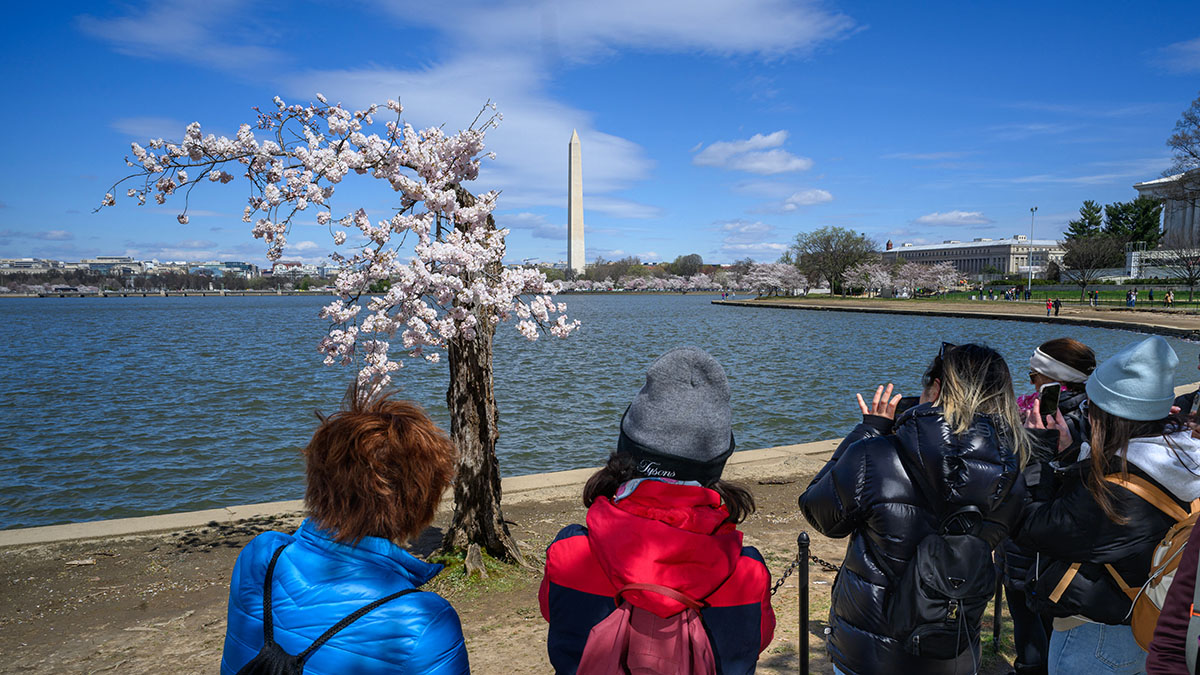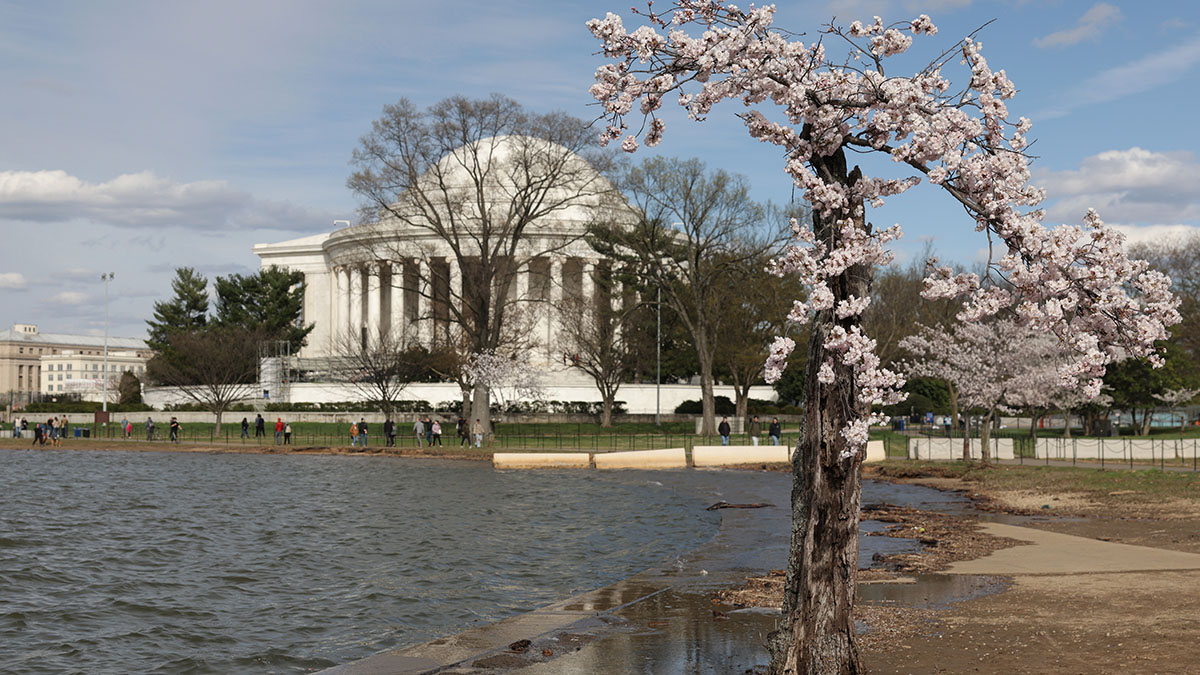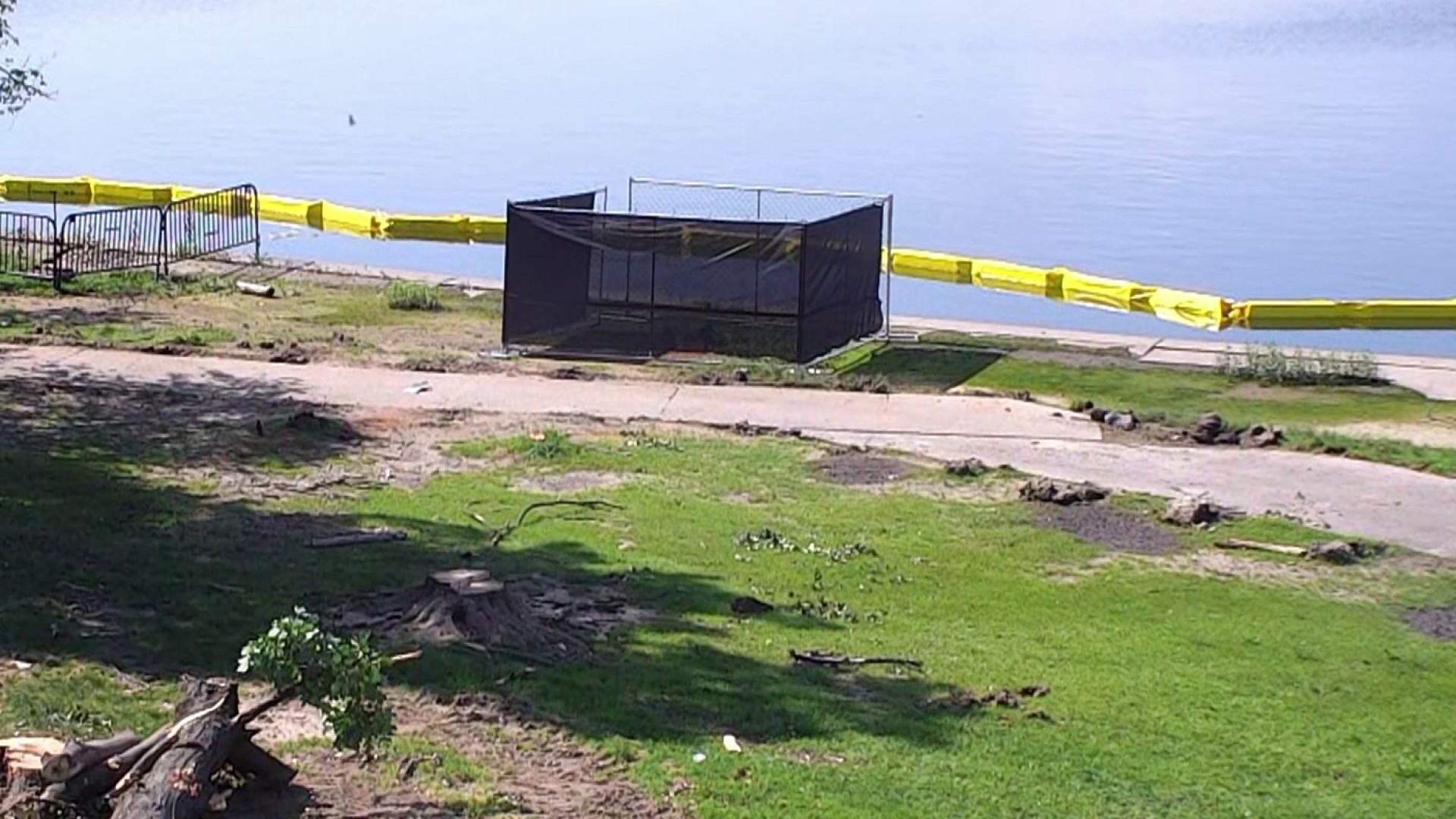Stumpy lives! Genetically, at least.
The U.S. National Arboretum announced Tuesday that clippings from the original cherry tree on the Tidal Basin rooted into self-sustaining plants -- meaning the saga of Stumpy continues after D.C.'s favorite little cherry tree got the chop back in May.
That's right: Stumpy clones are now growing, courtesy of the horticulturists at the National Arboretum and the National Park Service.
There's a long way to go before these Stumpy 2.0s will make their way to the Tidal Basin. Somewhere between two and three years of growth are required before the baby Stumplings can be planted in the ground, and up to five years could pass before those trees bloom during Cherry Blossom season.
As National Arboretum horticulturist Piper Zettel told News4 in March, "The process takes a long time... Trees grow very slow. So we need to be patient."
But the clippings have grown roots, and that's a start.
How does the process work?
Before Stumpy was removed from the Tidal Basin in May, the NPS asked the National Arboretum to take clippings from the tree.
We got a preview of the propagation process from Zettel in March, who used plant material from a different Yoshino cherry tree to demonstrate the process eventually used for Stumpy.
First, material is clipped from whatever tree the horticulturist is trying to clone. The National Arboretum collected new spring growth from Stumpy three separate times between April and May 2024, the Arboretum said in a press release.
In most cases, only a few leaves would be taken. But because Stumpy was already on the chopping block and had so few branches left, the National Arboretum wanted to give itself the best chances of propagation.
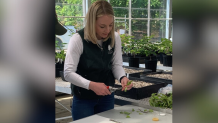
The clipped material is prepared by trimming down the size of the leaves to reduce the surface area that water can evaporate off of. Those prepared clippings are placed into a flat full of dirt, plant nutrients and rooting hormone, specially mixed by the Arboretum to start plant propagation.
The flats are then placed into a propagation greenhouse, and left in ideal rooting conditions until the roots form. The greenhouse lets Arboretum staff control the temperature, humidity, light and water levels, giving all samples their best chance.
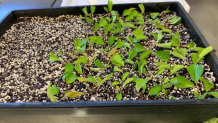
According to the National Arboretum, eight weeks after they were prepared and processed, the Stumpy cuttings had established root systems, and were placed into individual pots.
The new "self-sustaining plants" are still very vulnerable, the National Arboretum cautioned in a press release.
"The new trees have a long way to go, but we are doing all we can to ensure NPS receives strong, healthy and vigorous trees," Zettel said in the release.
If those efforts are successful, in two to three years, those strong baby trees will go back into the ground near the Tidal Basin.
Will the new trees look like the original Stumpy?
Even when Stumpy 2.0s do grow, although they'll be genetic clones of the original, you might not recognize them.
Stumpy was small, crooked and hollowed-out because of his daily inundation of brackish water. It gave him the shape we all know and love, but it wasn't good for him.
The goal of the NPS' seawall reconstruction and the National Arboretum propagation project is to create "ideal environmental conditions for the new trees that are planted," Zettel said in March.
So, because the new trees will be healthy and happy, without "the same life experiences that have shaped Stumpy," they won't have Stumpy's "unique form," Zettel said.
Did you meet Stumpy?
Stumpy, if you missed his moment of glory, was a beloved cherry tree found along the Tidal Basin between the Ohio Drive Bridge and the Jefferson Memorial.
He was visibly different from many of his brethren in one of the most popular blossom-viewing spots in the District. But he was doing his best, and the District loved him for it.
The tree got the nickname "Stumpy" in 2020, from a Reddit user who posted a photo to the r/washingtondc subreddit alongside a joke about the tree being "as dead as my love life."
Yet, despite his mostly dead appearance, Stumpy bloomed that cherry blossom season -- and every spring after.
Affection for the crooked, struggling little tree was already pouring into the comments section before the start of the COVID-19 pandemic. But Stumpy's resilience struck a unique chord as COVID cases climbed and the country entered lockdown.
The symbolism only increased when Stumpy's stubborn blooms appeared again the next spring, and the next, right as Americans crawled out of quarantine and back into something resembling normal life.
From there, Stumpy's fame only grew.
What happened to Stumpy?
The very factors that made Stumpy so unique and beloved also lead to his demise earlier this year.
Stumpy was stumpy because of persistent flooding around the Tidal Basin. The protective seawall in that area of the National Mall was slowly sinking into the water, and climate change has led to a rise in sea levels.
That unfortunate combination meant that high tides regularly caused water to overflow the seawall, inundating the trees and their root systems -- which is really bad for the plants.
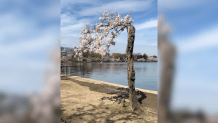
"Too much water on a tree's roots can be just as damaging as too little," Mike Litterst, spokesperson for the National Park Service, said in an email in 2023. "Excess soil moisture can reduce oxygen in the soil, damage fine root hairs, and render the root system unable to absorb water."
Many of the other trees around Stumpy's home had already died when he rose to fame. Visitors to the Tidal Basin in 2024 saw dozens of stumps and a whole lot of empty space near the Jefferson Memorial. Sometimes that empty space was filled with muddy, brackish water, flooding the walkways and rendering them dangerous to unusable.
Which is why, last spring, the NPS announced that 159 cherry trees on the Tidal Basin and West Potomac Park would be cut down to make way for seawall repairs -- including Stumpy.
D.C. did not take the news well. The District mourned. Stumpy received cards and bottles of liquor. Literal diplomats paid their respects.
But death is inevitable, no matter how many traffic-stopping mascots a life inspires.
And so, Stumpy was quietly removed from the Tidal Basin on May 24.
Why couldn't the NPS just move the original Stumpy?
Stumpy would probably not have survived being transplanted. He was already clinging to life in his spot near the Tidal Basin.
In fact, he had barely been hanging on since the beginning. According to Litterst, Stumpy was already in what arborists call the "mortality spiral."
By the time we found and started to love him in 2020, in part because of how scraggly he looks, there was nothing that could really be done.
"There is so little of that tree left to transplant," Litterst said in March. "There is no interior trunk. People ask us, 'You know how old that tree is?' There literally aren't any rings for us left to count on the interior of the tree."
Stumpy was running on the fumes of a bark framework, barely transmitting nutrients to the few branches that bloomed every spring, "and not much else," Litterst said.
The tree was doomed by the narrative.
If he'd stayed where he is, the floods would have killed him and the few remaining other trees still being flooded by the deteriorating seawall.
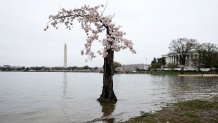
If the NPS tried to transplant Stumpy, he could have died of "transplant shock," Litterst said. It's a bit like the transplant shock some people experience after an organ donation, he explained. Even if the soil, the nutrients and the sun are compatible with what the tree is used to, the new experience of a different location can be hard on any tree's root system.
And Stumpy was in no condition to be transplanted.
So, to save the other trees from the flooding, and to spare Stumpy an undignified transplant death, the NPS and National Arboretum created a third option: the clones currently growing in an Arboretum greenhouse.
That cleared the way for the seawall reconstruction project currently underway near the Tidal Basin, which will rehabilitate the area and keep the cherry blossoms beautiful for many more decades to come.

